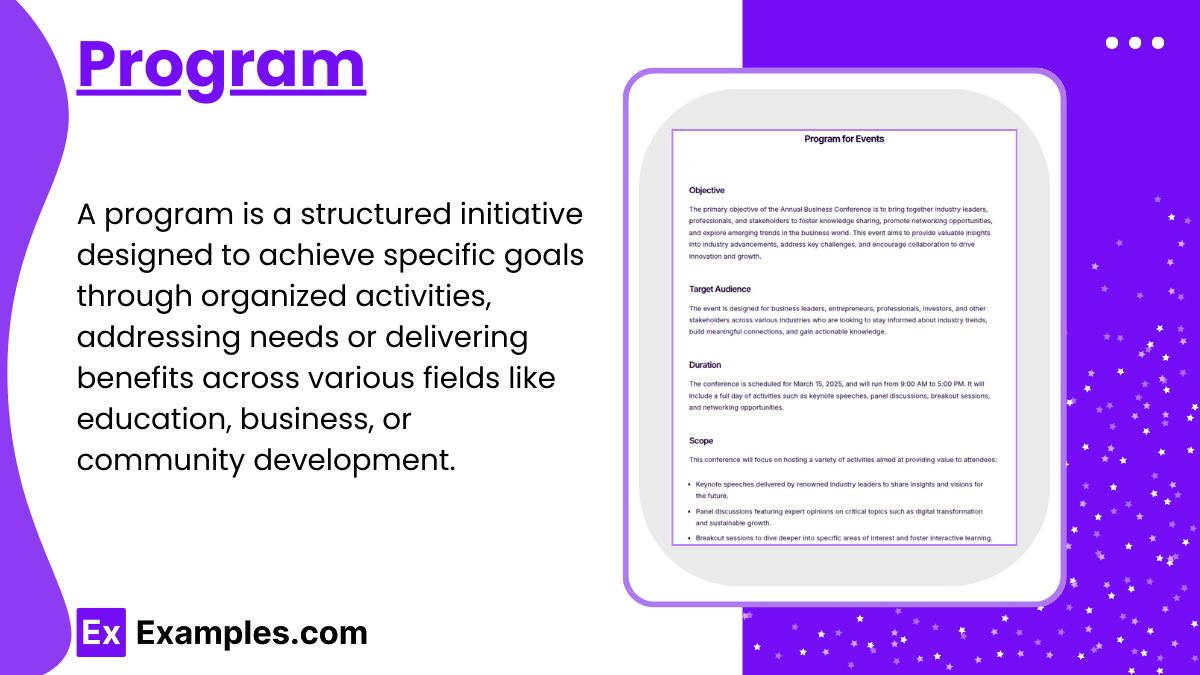20+ Program Examples to Download
A program is a structured initiative designed to achieve specific goals through organized activities, addressing needs or delivering benefits across various fields like education, business, or community development. Effective program management ensures success by overseeing planning, execution, and monitoring, ensuring objectives are met efficiently within the desired timeframe and budget.
What is a Program?
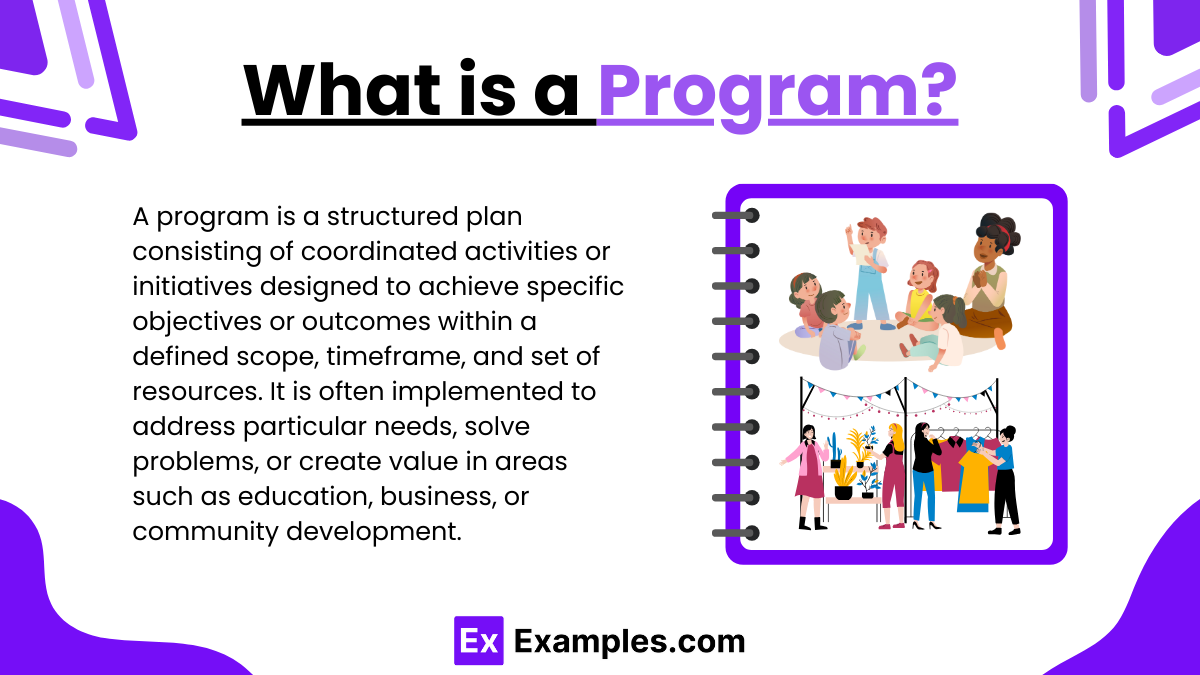
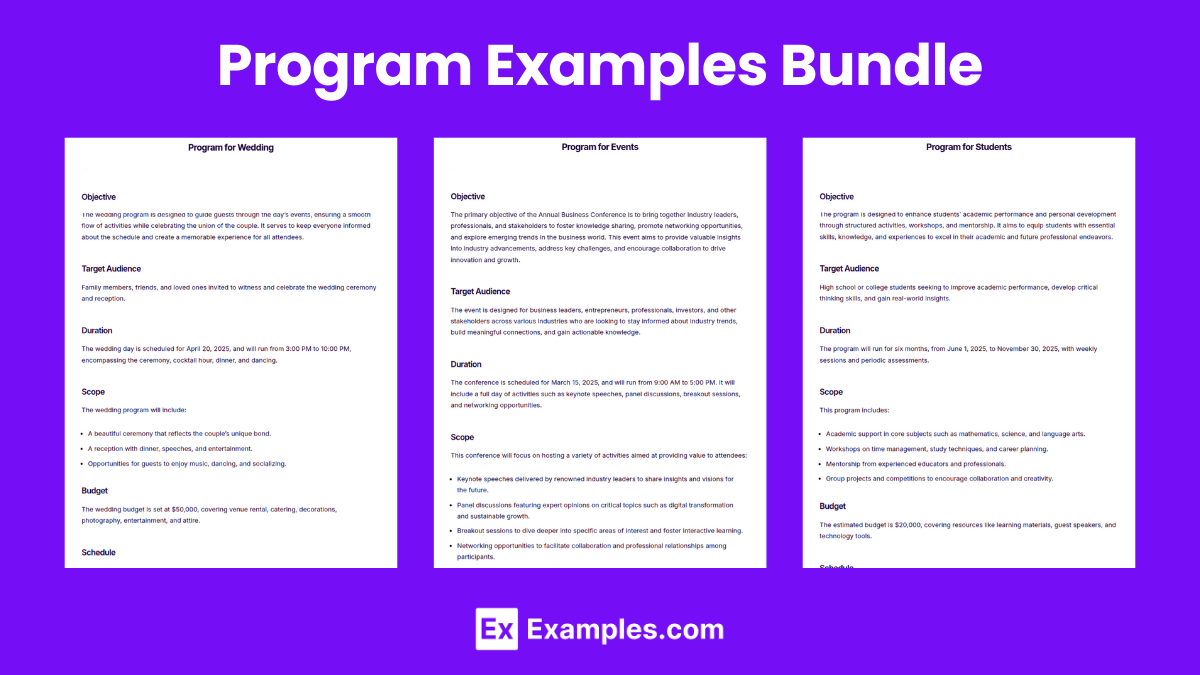
Program Format
Title
Provide a clear and concise name for the program.
Objective
Define the purpose and goals the program aims to achieve.
Target Audience
Specify the group or demographic the program is designed for.
Duration
State the timeframe, including start and end dates.
Scope
Outline the program’s coverage, activities, and limitations.
Budget
Include the estimated financial resources required for execution.
Schedule
Detail the timeline of activities and milestones.
Team
Describe the roles and responsibilities of the individuals or groups involved.
Resources
List the tools, materials, and support needed for successful implementation.
Evaluation
Explain the methods to measure the program’s effectiveness and outcomes.
Program Example
Objective: To promote the physical and mental well-being of employees, resulting in improved productivity and job satisfaction.
Target Audience: All employees within the organization.
Duration: January 1, 2025 – December 31, 2025.
Scope: Conduct regular fitness sessions, such as yoga and aerobics. Provide access to mental health resources and counseling. Organize monthly wellness challenges and workshops.
Budget: $50,000 allocated for sessions, materials, and resources.
Schedule: Weekly fitness sessions every Monday and Thursday. Monthly wellness workshops on the first Friday of each month. Quarterly feedback surveys to evaluate the program’s effectiveness.
Team: Program Manager oversees planning and execution. HR Team coordinates communication and participation. Wellness Experts conduct sessions and workshops.
Resources: Gym space, virtual platforms, wellness kits, and certified trainers.
Evaluation: Monitor attendance and participation rates. Collect employee feedback through surveys. Analyze improvements in productivity and employee satisfaction metrics.
Program Examples
Program for Events
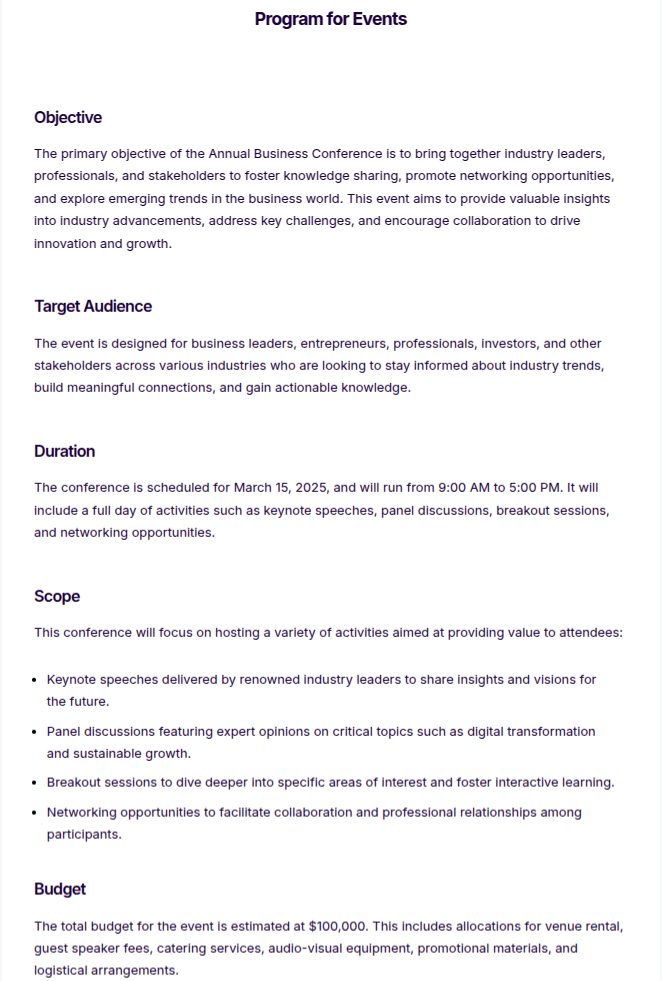
Program for Wedding
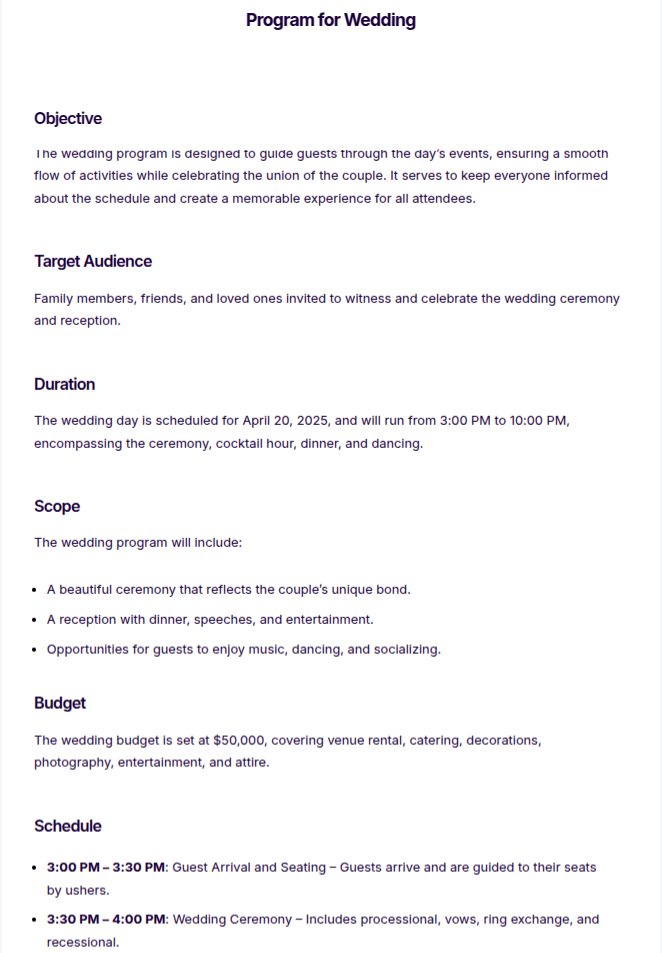
Program for Students
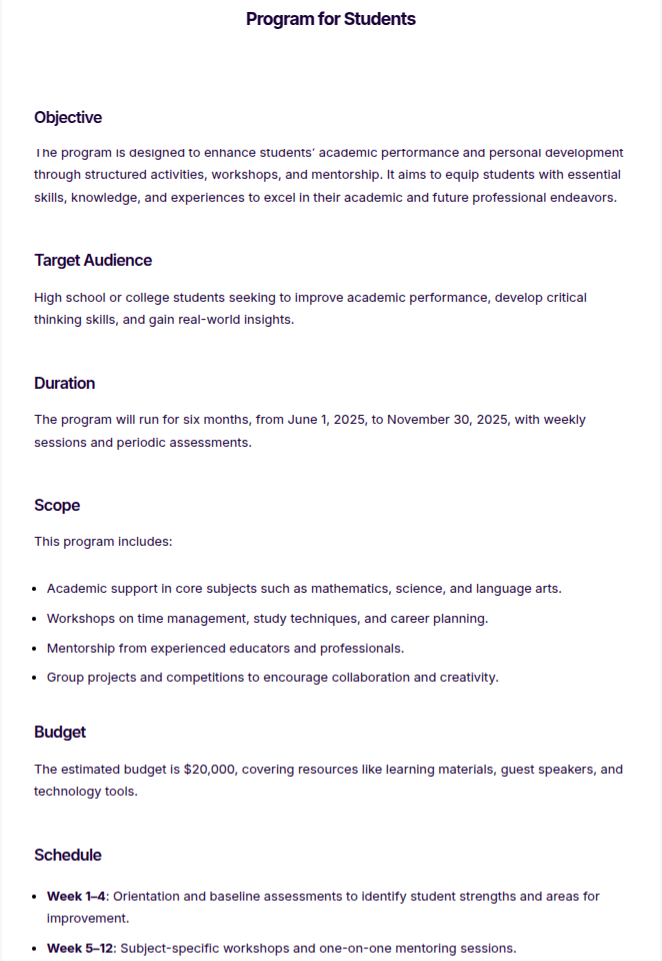
More Examples on Program
- Program for Relief
- Program for Reform
- Program for Recovery
- Program for School
- Program for Kids
- Program for Children
- Program for Troubled Youth
- Program for Funeral
Free Event Program Template
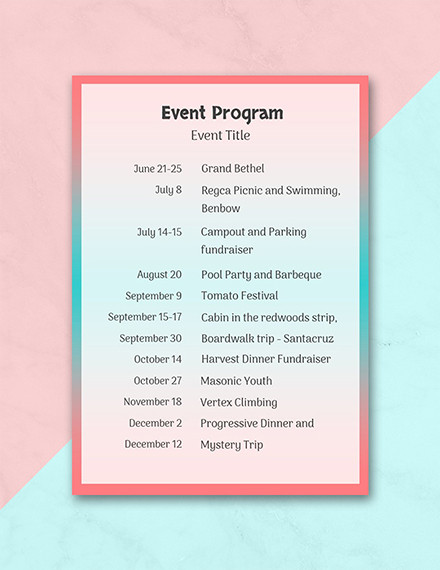
Event Program Invitation Template
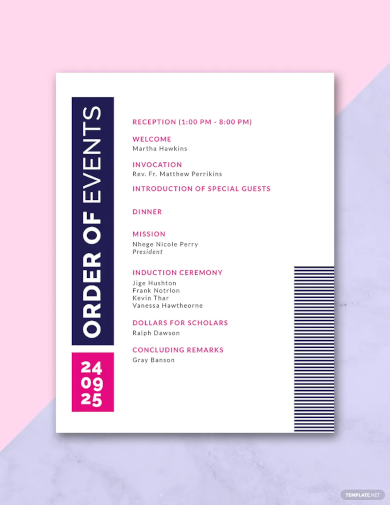
Evaluating Training
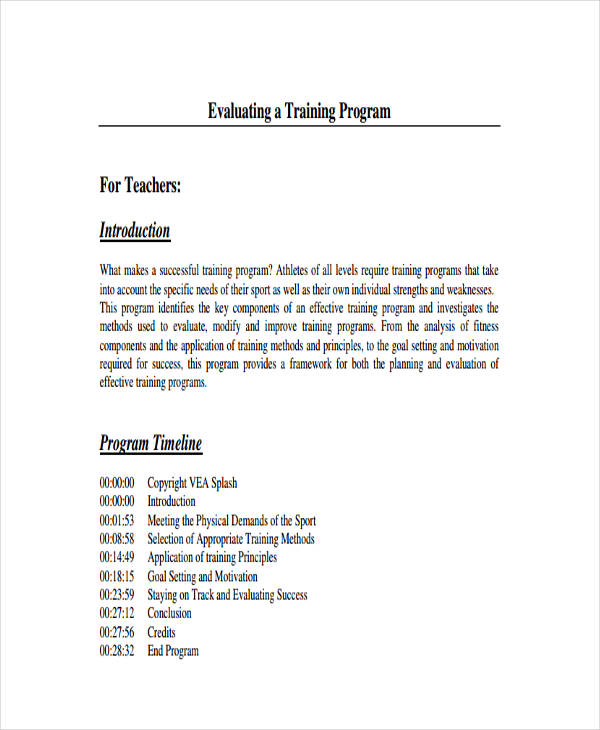
Training Program Outline
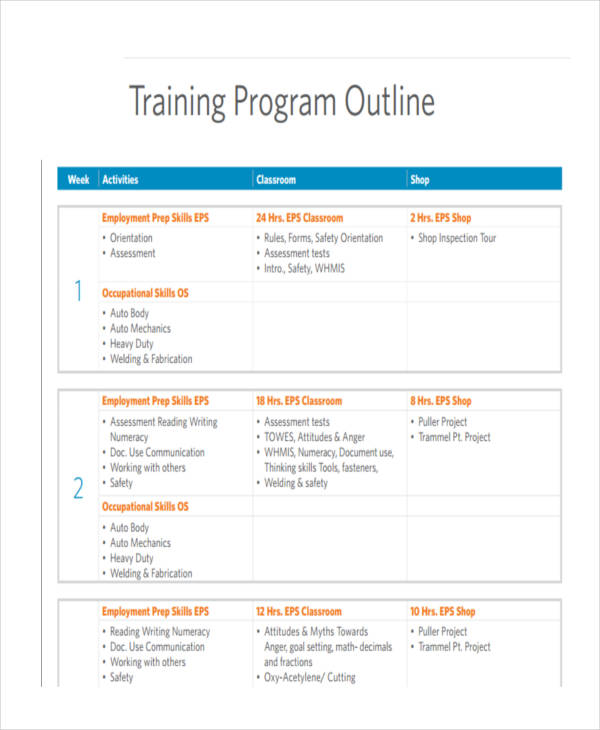
Mentoring Program Sample
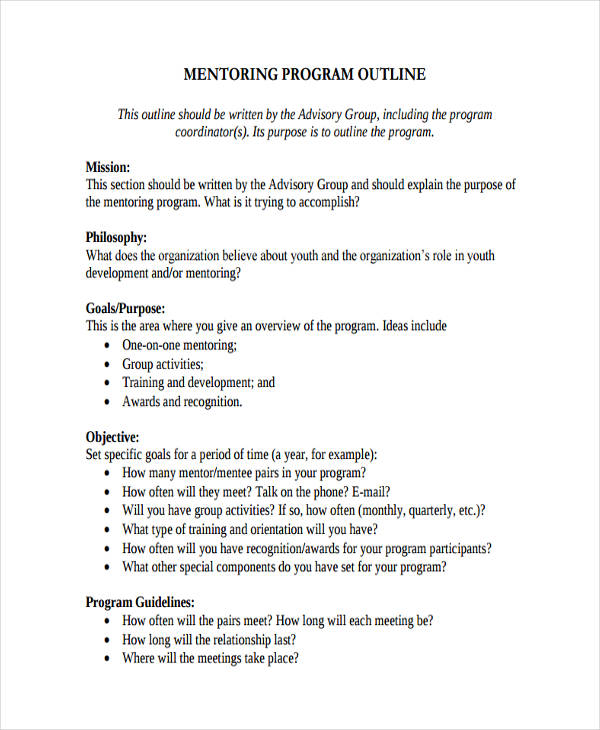
Safety Program Outline
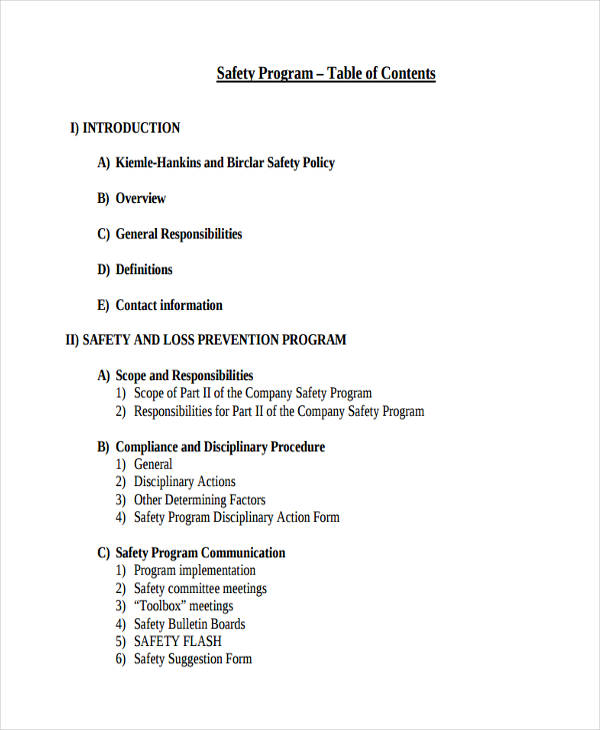
Birthday Party Example
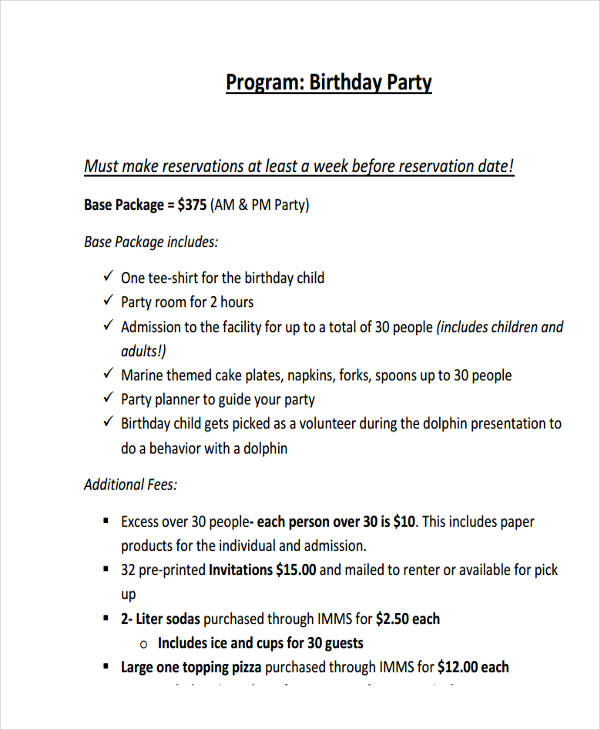
Audit Example
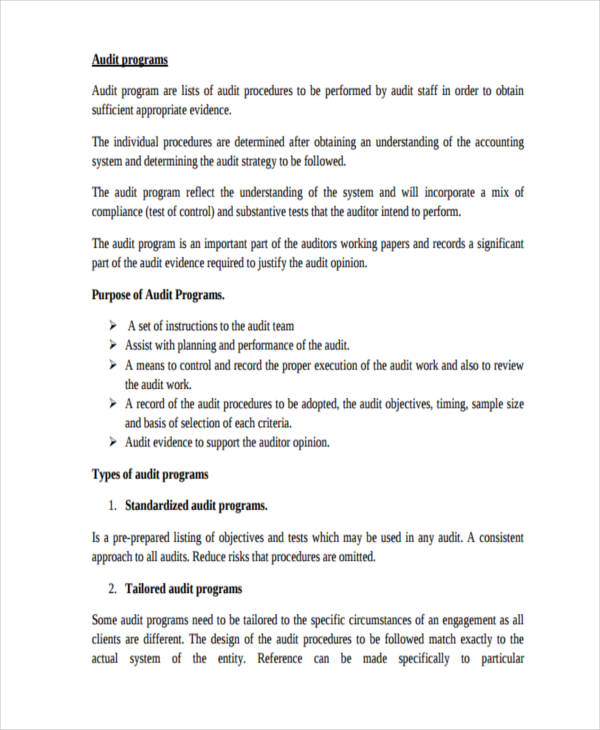
High School Graduation Sample
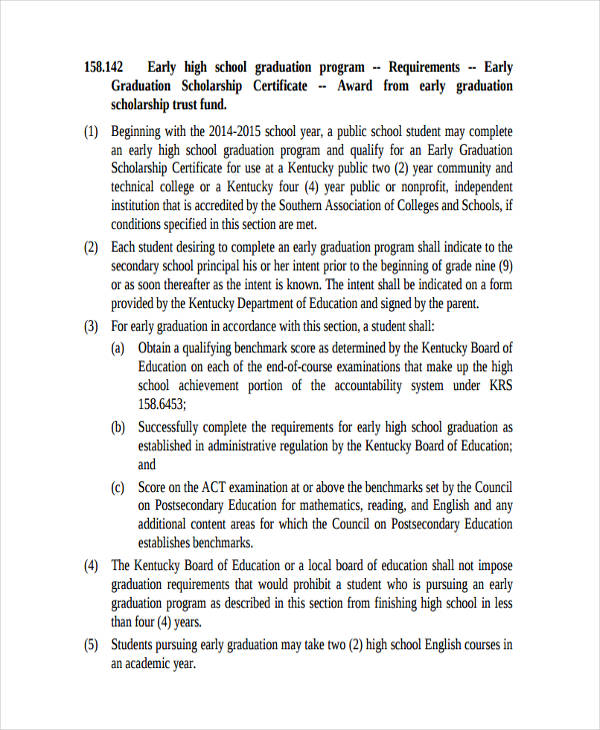
Student Program Example
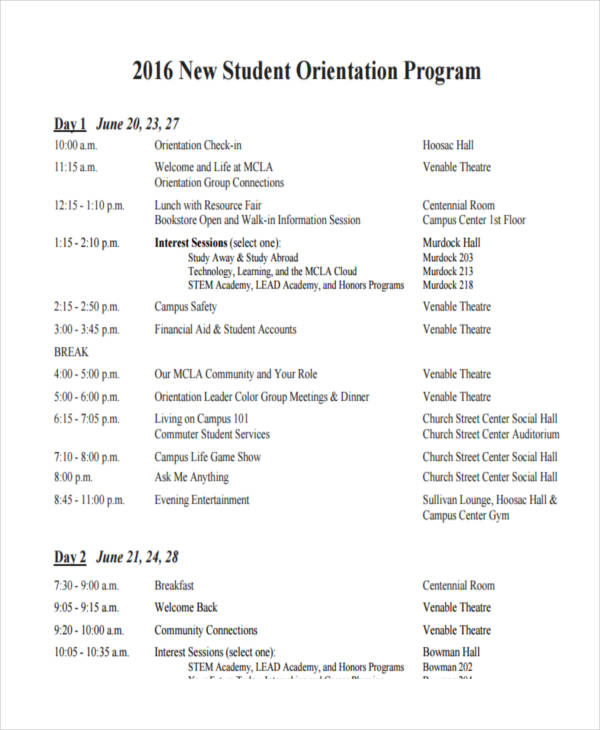
How to Create an Event Program
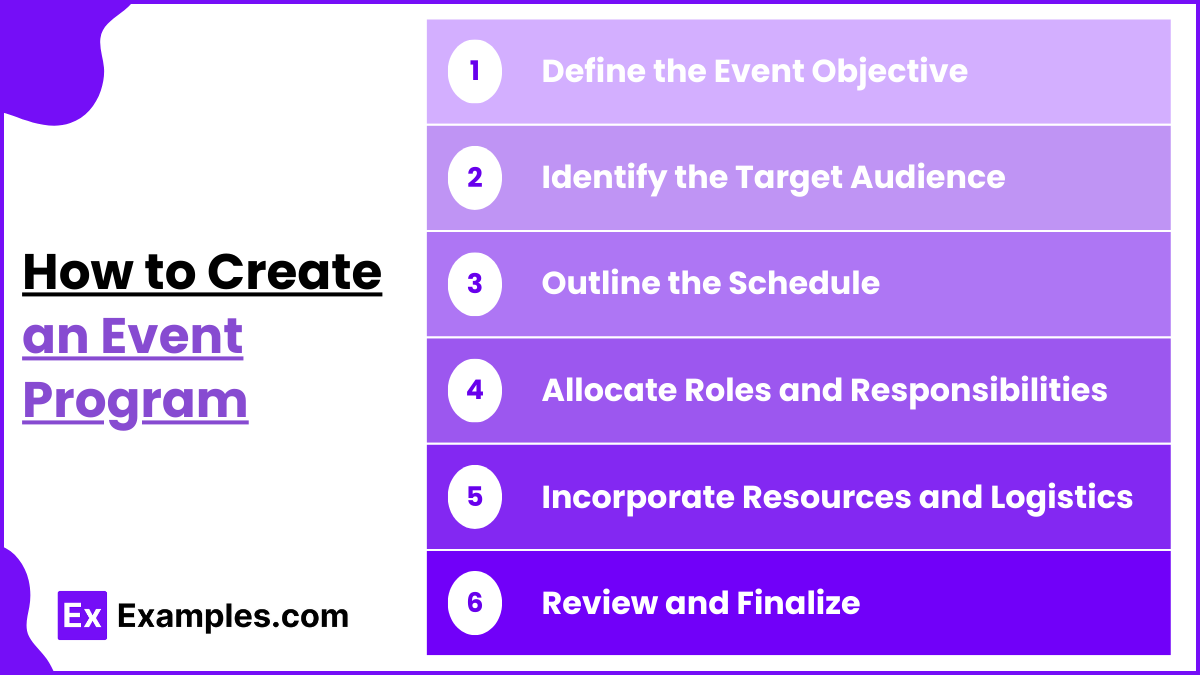
- Define the Event Objective: Clearly outline the purpose and goals of the event to ensure the program aligns with its intent.
- Identify the Target Audience: Determine the attendees’ demographics and preferences to tailor the content and activities effectively.
- Outline the Schedule: Develop a detailed timeline of activities, including start and end times, breaks, and transitions between segments.
- Allocate Roles and Responsibilities: Assign specific tasks to team members, such as speakers, coordinators, and volunteers, to ensure smooth execution.
- Incorporate Resources and Logistics: Plan for necessary resources such as venues, equipment, materials, and catering services.
- Review and Finalize: Proofread the program for accuracy, confirm all arrangements, and distribute it to attendees in advance or at the event.
Tips for Creating an Event Program
- Keep It Clear and Organized: Use a structured layout with headings, time slots, and concise descriptions to make it easy for attendees to follow.
- Design for Your Audience: Tailor the program’s tone, style, and content to match the preferences and needs of your target audience.
- Highlight Key Activities: Emphasize important sessions, speakers, or attractions to guide attendees to the main highlights of the event.
- Include Contact Information: Provide details for event coordinators or help desks to assist attendees with questions or issues during the event.
- Make It Visually Appealing: Use an attractive design with readable fonts, colors, and graphics that reflect the theme and professionalism of the event.
FAQs
How is a program created?
Define objectives, identify the target audience, outline activities, allocate resources, plan logistics, and finalize the schedule.
What is program management?
Program management involves planning, organizing, and monitoring activities to ensure the program achieves its goals efficiently.
Why are programs important?
Programs address specific needs, solve problems, and create opportunities for growth, development, and success.
What should a program include?
A program should include objectives, a target audience, activities, resources, a timeline, and evaluation methods for success.
What is the difference between program and programme?
“Program” is American English, while “programme” is British English, except for computer contexts where “program” is universally used.


